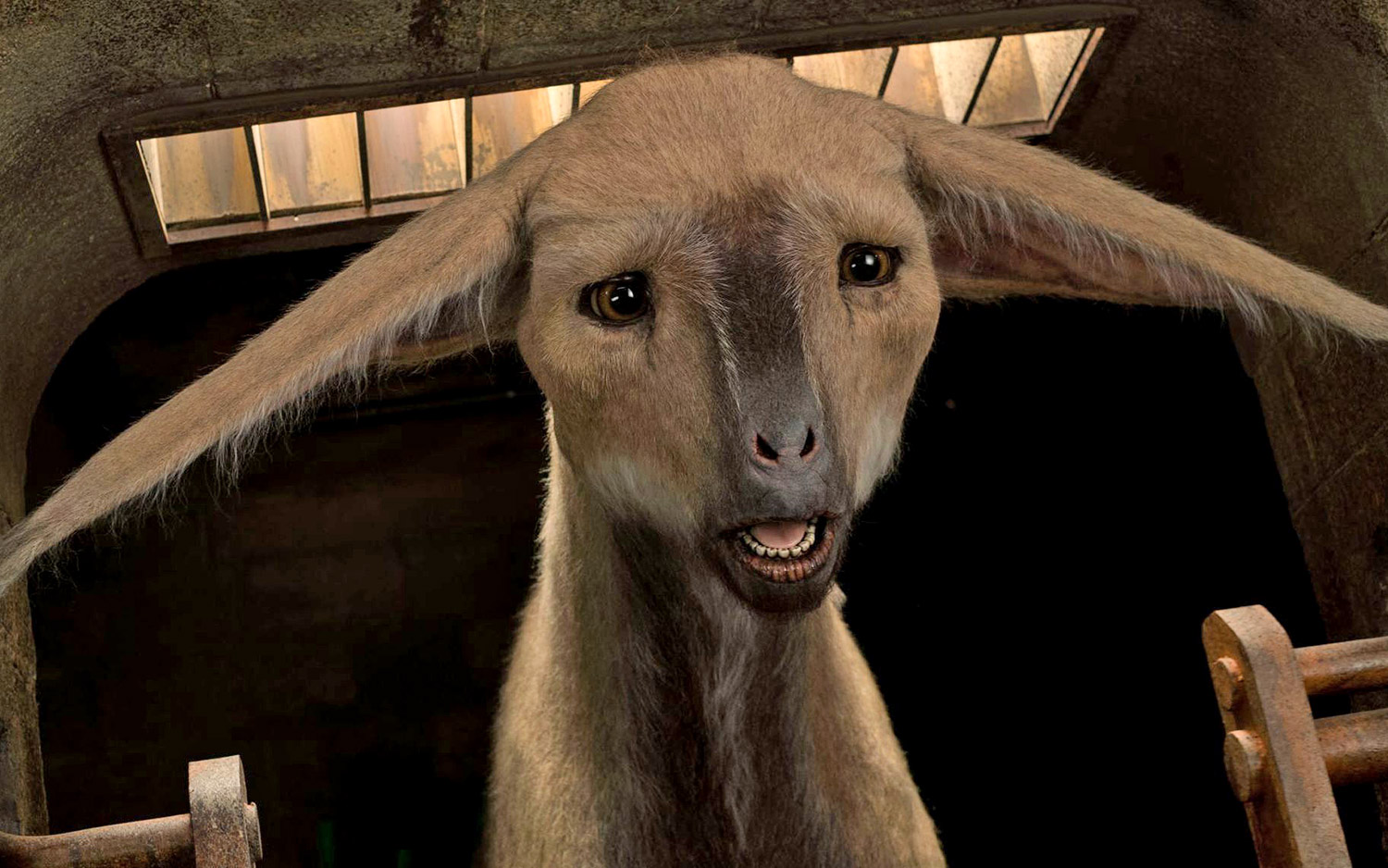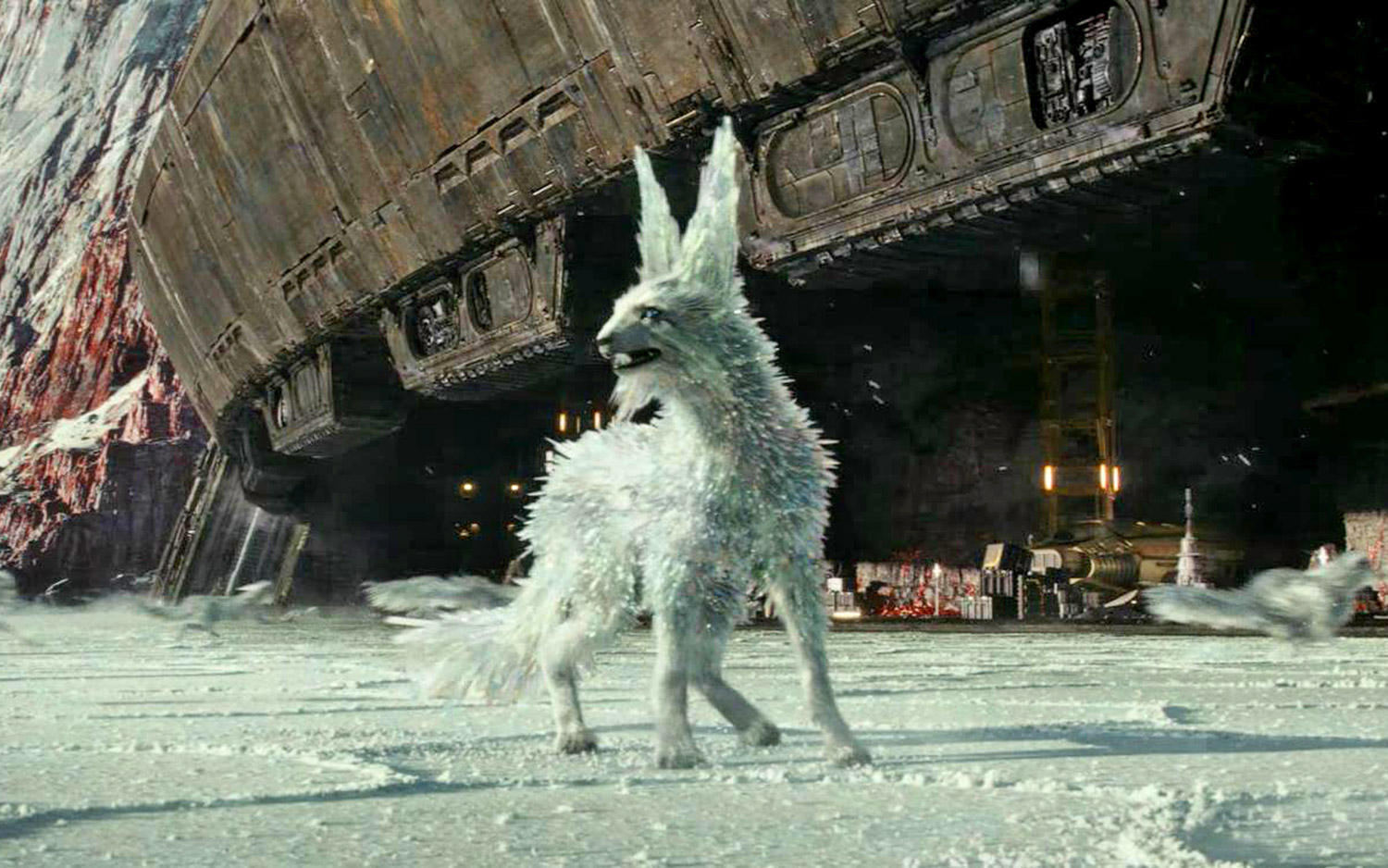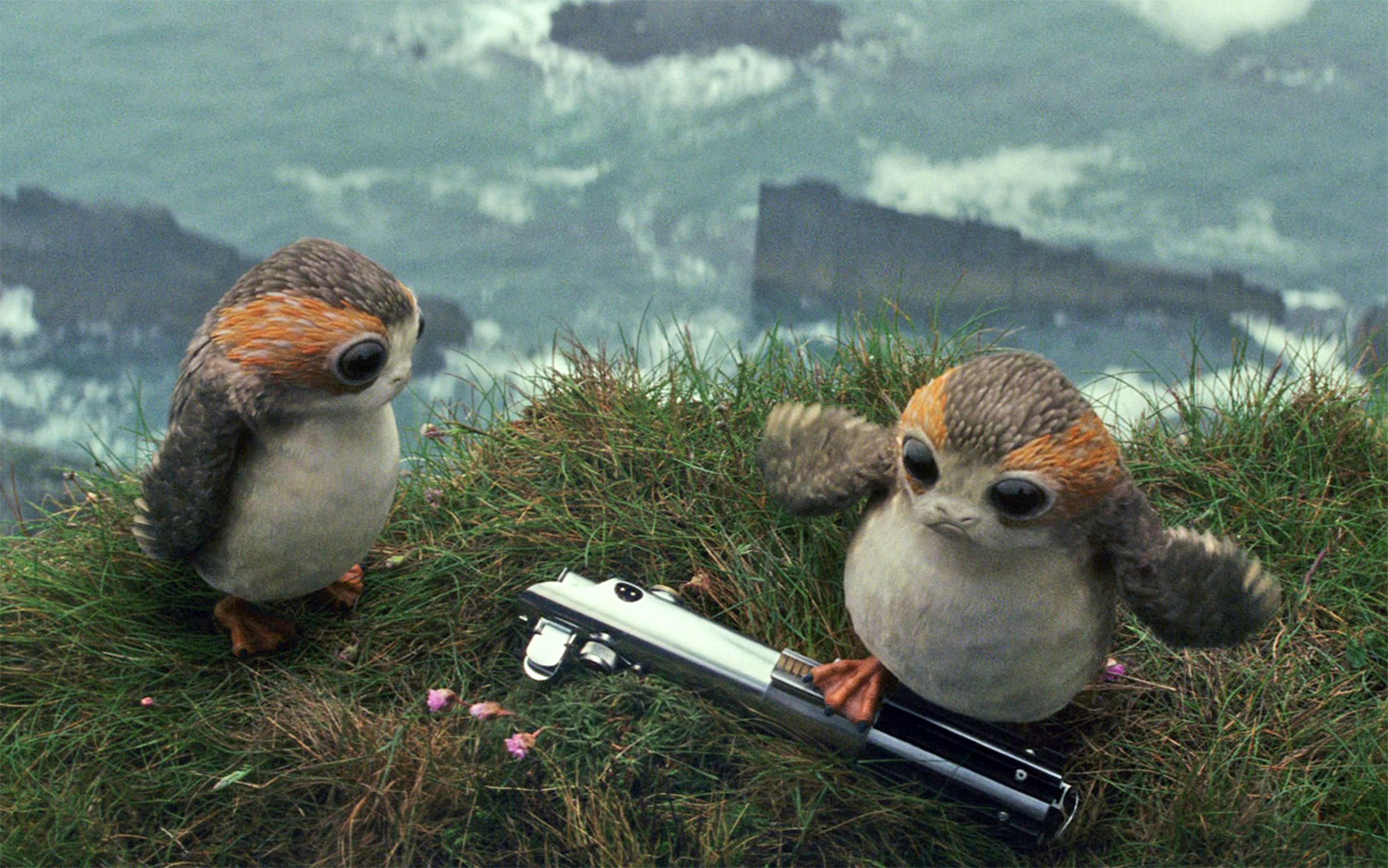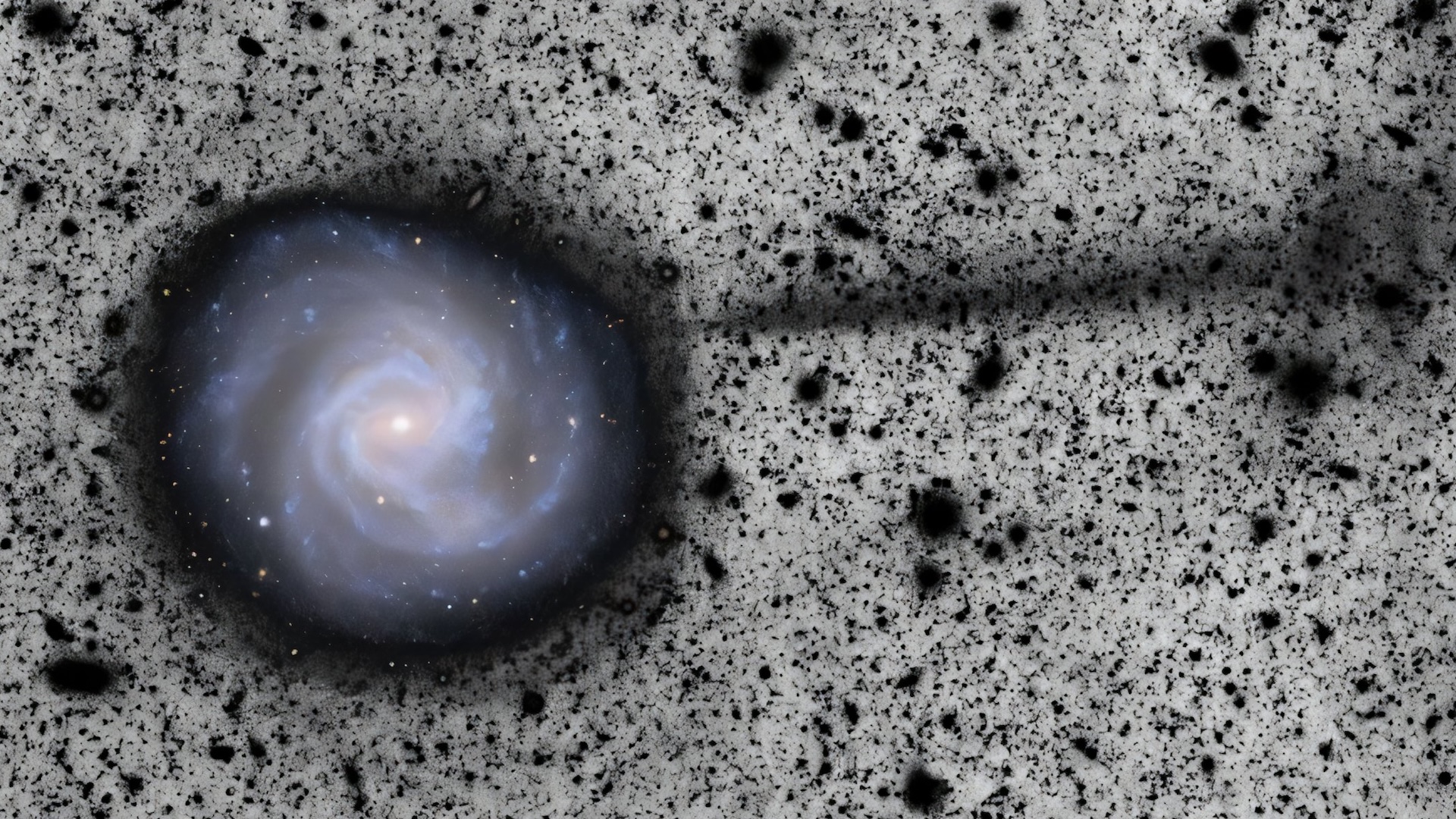May the 4th Be With You As You Check Out These Amazing Animals of 'The Last Jedi'
For Star Wars Day, Live Science will be taking on some of the fictional animals of the most recent Star Wars movie, "The Last Jedi," to see how the appearance and habits of "alien" animal species in the film might be explained by evolution and biology in the real world.
May the Fourth be with you! [Meet 7 Versions of BB-8, the Lovable 'Star Wars' Droid]
Floppy-eared fathiers
Rose (Kelly Marie Tran) and Finn (John Boyega) introduced us to the creatures called fathiers during their mission to the casino world Canto Bight, where jockeys steer galloping fathier steeds around a track for the amusement of rich patrons. Fathiers' bodies resemble those of horses — they have powerful legs and large chests, suggesting that they might be similarly adapted for fast running (their shortened skulls and long, floppy ears are definitely not horselike, though they do make fathier faces highly expressive).
Wild horses once roamed North America but are long extinct — the so-called "wild horses" in the American West are not a native species, but are descendants of feral horses released by Spanish colonizers centuries ago. The domesticated fathiers of Canto Bight were likely selectively bred for speed and endurance as thoroughbred horses are, and domesticated fathiers may look somewhat different from their wild kin — if they still survive in the wild at all.
Crystal foxes
As the last remnants of the Rebellion fought for their lives in a desperate last stand on the planet Crait, a graceful four-legged species of local wildlife sheltered with them in the Rebel base. This crystal-coated animal is called the vulptex, and it looks like a long-legged, big-eared white fox. But instead of fur, it wears a coat of shimmering spikes that chime musically when the animal moves.
The crystal foxes seem to be mammals, and mammals are usually covered with fur — but not all the time. Pangolins, for example, wear a coat of scales made of keratin, the same substance in our fingernails and hair, while an armadillo's protective covering is made of bony plates.
A vulptex's crystal coat may camouflage it against Crait's salt-encrusted landscape, just as an Arctic fox's white fur helps it to disappear against ice and snow. But while Arctic foxes have small ears that are adapted for a cold environment — smaller extremities mean less heat loss — the vulptex has large ears, a feature that can be seen in some animals that live in warm climates, to help them keep cool. However, large ears may also signify a highly developed sense of hearing, which can be an important adaptation for an animal's survival.
Get the world’s most fascinating discoveries delivered straight to your inbox.
Pudgy porgs
Finally, we have the porgs, arguably the cuddliest-looking animals of the bunch. Porgs are small, portly creatures with bulbous, oversized eyes and snub noses. But they also have many bird-like features — densely feathered bodies, sleek wings and webbed feet. They inhabit a remote, rocky island on the planet Ahch-To, where Rey (Daisy Ridley) confronted Luke (Mark Hamill) about abandoning his responsibilities to his family, friends and the Jedi order.
The scene-stealing porgs resemble birds for a good reason: They were actually created as a way of incorporating the puffins that lived on the protected island of Skellig Michael in Ireland, where those scenes were filmed. Since the production team couldn't move the endangered birds out of the way when they were shooting, they decided to convert them into alien animal characters, modeling the porgs from the puffins' bodies, Jake Lunt Davies, the film's creature concept designer, told the official Star Wars website.
Puffins have earned the name "clowns of the sea" for their colorful faces and beaks; their color intensifies in the spring as mating season approaches, according to the puffin conservation site Audubon Project Puffin. Porgs retained those trademark splashes of color, perhaps similarly used for species identification or mating displays.
Original article on Live Science.

Mindy Weisberger is a science journalist and author of "Rise of the Zombie Bugs: The Surprising Science of Parasitic Mind-Control" (Hopkins Press). She formerly edited for Scholastic and was a channel editor and senior writer for Live Science. She has reported on general science, covering climate change, paleontology, biology and space. Mindy studied film at Columbia University; prior to LS, she produced, wrote and directed media for the American Museum of Natural History in NYC. Her videos about dinosaurs, astrophysics, biodiversity and evolution appear in museums and science centers worldwide, earning awards such as the CINE Golden Eagle and the Communicator Award of Excellence. Her writing has also appeared in Scientific American, The Washington Post, How It Works Magazine and CNN.



